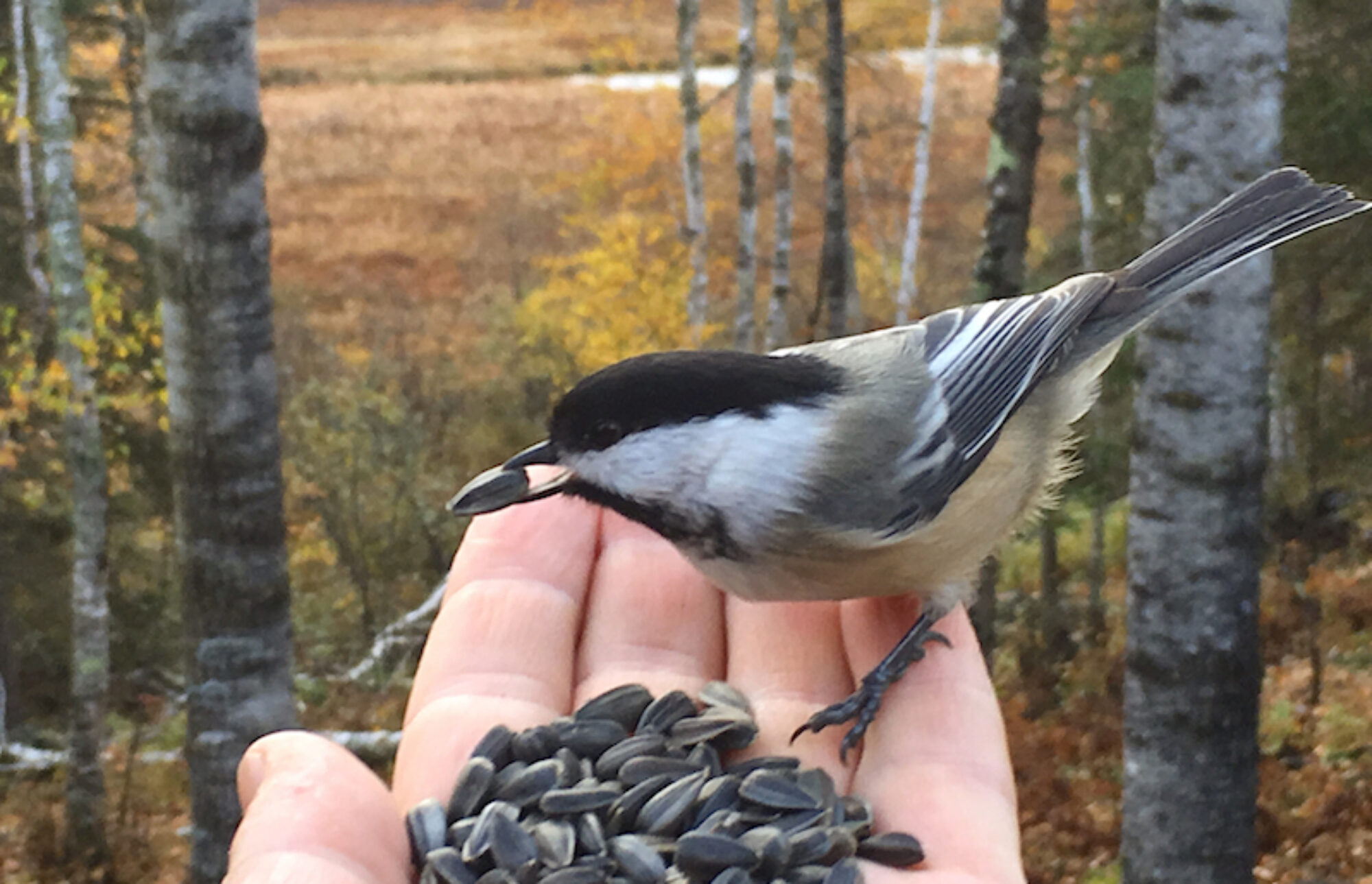By Todd Burras
Traditions are some of the many fun things about the winter holidays. Our family for many years has made it a priority to get out on the afternoon of Christmas Day to go for a hike, ski or snowshoe. We take hot chocolate and a bag of birdseed, leaving some along the way for birds, squirrels and any other creatures that might come along.
It’s part of an old Scandinavian tradition of feeding the birds on Christmas morning as a way of ensuring good luck in the coming New Year. Some people sprinkle a little seed on the front step while others leave it in little piles in the woods. We do both.
Late in the afternoon this past Monday the four of us bundled up and drove out to McFarland Park with a friend, who also happens to be Norwegian (don’t we all need any extra luck we can possibly muster in the coming year?). It was fun to stroll around the lake and scatter a little seed as we went, even if the woods were relatively quiet and the cold air made our faces turn numb.
The real highlight (besides the hot chocolate after the hike), however, took place before we even got to the park when we saw a flock of at least 10 turkeys mingling with three or four deer while feeding in a ditch less than a fourth of a mile from the McFarland parking lot.
A half century ago or so it would have been a rare occasion for an Iowan to see either a white-tailed deer or an Eastern turkey. Now, though, thanks to the efforts of state biologists, conservation organizations, hunters and many landowners and other residents who care about providing habitat for wildlife, both species are flourishing, as are some other native creatures that have made strong comebacks in recent years, including trumpeter swans, peregrine falcons, ospreys, otters and bobcats, among others.
Even barn owls, which landed on Iowa’s endangered species list in 1977 due to their declining numbers, are showing signs of recovery. Cold weather and a loss of grasslands habitat likely led to the species’ population crash that by 1980 resulted in biologists being able to locate only one barn owl nest in the entire state.
But this year staff for the Iowa Department of Natural Resources found 38 nests in 26 counties, marking the fourth consecutive year they’ve increased their nesting numbers in the state, according to Bruce Ehresman, a wildlife diversity bird biologist for the DNR. Of the 38 nests counted, 26 active nests produced 71 barn owls that fledged.
Ehresman attributes the increase in barn owl numbers to milder winter temperatures statewide, grassland conservation programs and an increase in the number of barn owl nesting boxes mounted on poles that the DNR has strategically placed around the state. If the trend continues, Ehresman is optimistic barn owls could eventually be upgraded from endangered to threatened on the state species list.
It takes more than tradition and a little luck to help wildlife populations recover. Vision, teamwork, money and a ton of hard work are what’s needed and required. As we take time during the holidays to relax, reflect and refuel, let’s all re-commit to building on old traditions and starting new ones in the areas of conservation, outdoors recreation, natural resource management and personal wellness that comes from spending time with others in nature.
Happy New Year.
Todd Burras can be reached at ou****************@gm***.com.
